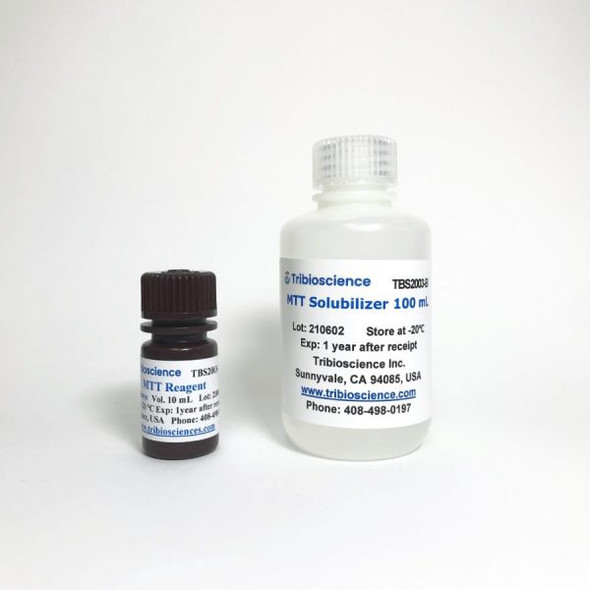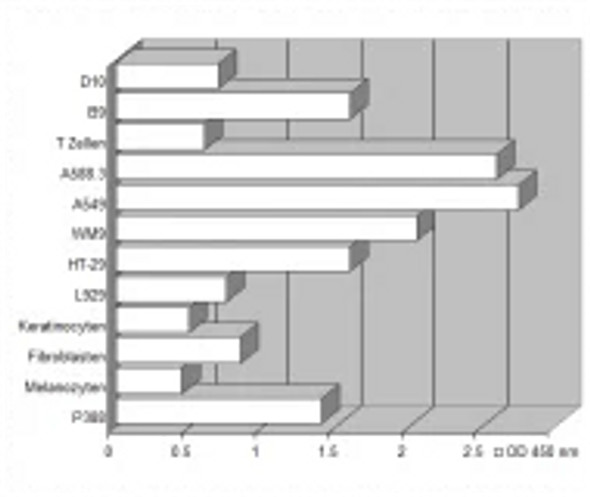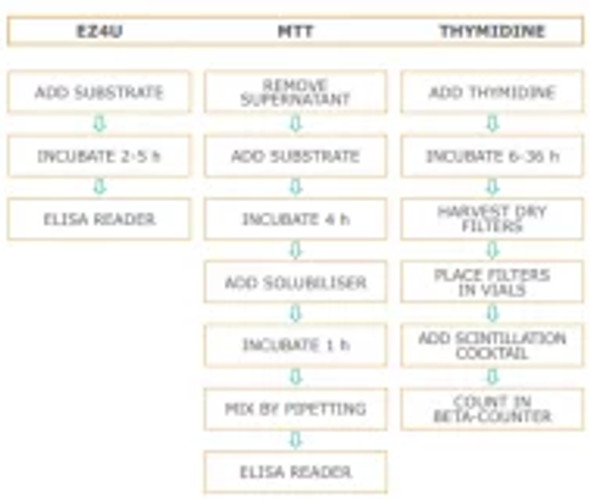Description
Live Cell Multiplex Assay | LCM01
The Live Cell Multiplex (LCM) Assay provides an efficient fluorescence-based method of quantifying the relative number of live cells resident in treated wells of an assay plate. While the LCM Assay may be performed as a stand-alone assay, it has been specifically optimized to be run in multiplex with any of INDIGO’s 96-well, 2x48-well, or 3x32-well Nuclear Receptor Reporter Assay System products.
The LCM assay allows users to validate their primary Nuclear Receptor Assay data by determining if their test compound treatments exert mitogenic, cytostatic or cytotoxic activities on the reporter cells. The occurrence of such adverse non-specific effects will always undermine the accurate assessment of a test compound’s potency and/or efficacy as a modulator of nuclear receptor function.
When screening test compounds for antagonist activities it is particularly important to quantify changes in the relative number of live reporter cells at the assay endpoint. Test compounds that exert cytostatic, cytotoxic, or cytolytic activities invariably generate “false-positive” results in an antagonist screen. In such cases, the observed drop in luciferase activity will be incorrectly attributed to inhibition of the nuclear receptor by the test compound. In reality, however, the treatment compound has pushed the reporter cells into division arrest, apoptosis, necrosis, or lysis.
Services
The LCM assay allows user’s to validate their primary Nuclear Receptor Assay data by determining if their test compound treatments exert mitogenic, cytostatic or cytotoxic activities on the reporter cells. The occurrence of such adverse non-specific effects will always undermine the accurate assessment of a test compound’s potency and/or efficacy as a modulator of nuclear receptor function.
When screening test compounds for antagonist activities it is particularly important to quantify changes in the relative number of live reporter cells at the assay endpoint. Test compounds that exert cytostatic, cytotoxic, or cytolytic activities invariably generate “false-positive” results in an antagonist screen. In such cases, the observed drop in luciferase activity will be incorrectly attributed to inhibition of the nuclear receptor by the test compound. In reality, however, the treatment compound has pushed the reporter cells into division arrest, apoptosis, necrosis, or lysis.












